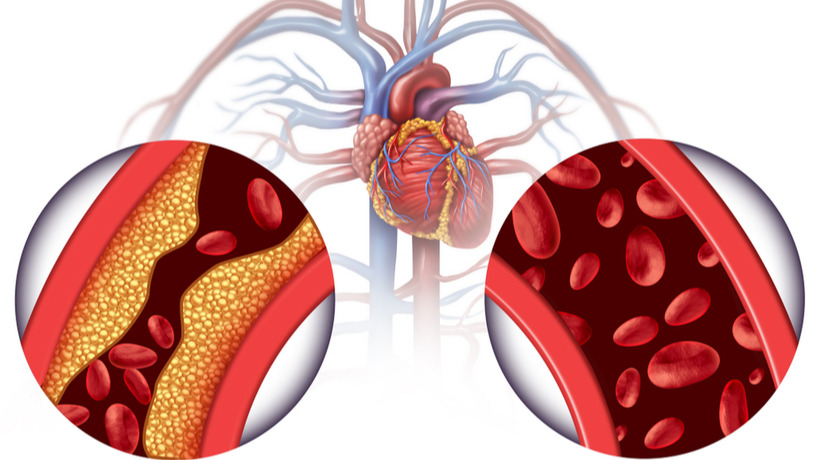A significant difference in blood pressure in your right and left arm could indicate a serious health issue.
According to Harvard Health, British researchers looked at results from 20 studies where blood pressure was measured in both of each participant’s arms. People with a difference of 15 points were twice as likely to have peripheral artery disease.
Peripheral artery disease is often caused by clogged arteries in the arms or legs and affects at least 12 million Americans.
A blood pressure difference between 10 to 15 points or more between each arm increases the chances of having a stroke or dying from cardiovascular disease.
In younger people, differences in arm-to-arm blood pressure most commonly occur when a muscle compresses an artery suppressing proper blood flow.
In older people, a blood pressure difference is usually due to a blockage from atherosclerosis, strokes, peripheral artery disease, and other cardiovascular conditions.
A less common cause of blood pressure difference is an aortic dissection, which occurs when there is a tear inside the inner layer of the body’s main artery.
A cardiologist routinely measures blood pressure in both arms as part of an initial evaluation. However, most primary care doctors don’t.
“Our study suggests that a baseline blood pressure measurement in both arms by primary care clinicians may provide additional information about cardiovascular risk prediction,” said Dr. Christopher O’Donnell, a cardiologist at Massachusetts General Hospital and associate professor of medicine at Harvard Medical School.
There are ways to help improve your overall cardiovascular health. According to Harvard Health, six steps to improve your cardiovascular health are:
- Don’t smoke, tobacco smoke is not just bad for your lungs, but your heart and arteries as well, and puts you at a higher risk for cardiovascular disease.
- Exercise and physical activity is a great way to fight against heart disease and other chronic conditions.
- Aim for a healthy weight, carrying extra pounds strains the heart and puts you at a higher risk for diabetes.
- Maintain a healthy diet, make sure you’re consuming enough fruits and vegetables, as well as consuming whole grains, unsaturated fat, good protein, and herbs and spices. Do your best to limit processed foods.
- Limit your alcohol intake, to one to two drinks a day for men and no more than one a day for women.
- Find ways to ease stress, exercise and meditation can take a load off the heart and arteries.
For more information, visit www.health.harvard.edu.



